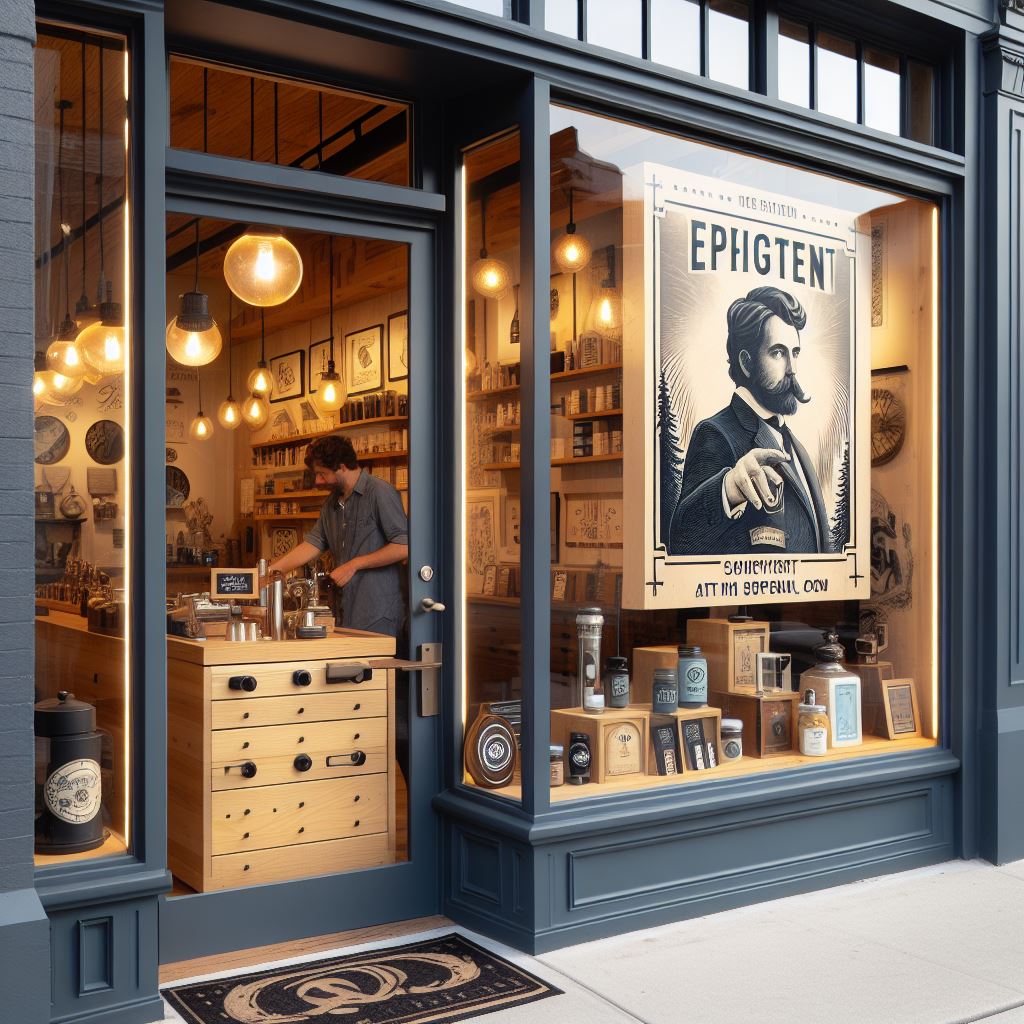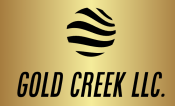Bus advertising in Sydney offers a dynamic and engaging way to reach a diverse audience. With the city’s bustling streets and extensive public transport network, your ads can gain significant exposure to both local residents and tourists. Unlike static billboards, bus ads travel across different routes, ensuring your message is seen in various neighborhoods and by a wide demographic. This *mobility* gives bus advertising a unique advantage in terms of visibility and reach.
When you choose bus advertising in Sydney, you’re not just getting a spot on a bus; you’re investing in a *strategic marketing tool* that can elevate your brand’s presence. Whether you’re a small business looking to increase local awareness or a larger company aiming for widespread recognition, bus ads can be tailored to meet your specific goals. The vibrant and eye-catching designs often used in bus advertising can capture attention quickly, making them an effective medium for *brand recall* and *engagement*.
Act now and reserve your ad space today! Visit goldcreekllc.net to get started with your bus advertising campaign in Sydney.
Factors Influencing Bus Advertising Costs

Several factors can influence the cost of bus advertising in Sydney. Understanding these variables can help you make an informed decision and optimize your advertising budget effectively. Below are some key factors to consider:
- Ad Size and Placement: The size and placement of your ad on the bus significantly impact the cost. Full bus wraps are more expensive compared to smaller ads placed on the sides or rear of the bus.
- Duration of Campaign: The length of time your ad runs will also affect the overall cost. Longer campaigns may offer better rates per month, but the total expenditure will be higher.
- Number of Buses: Advertising on multiple buses increases your reach but also your costs. The more buses your ad appears on, the higher the cost will be.
- Geographic Coverage: Buses traveling on popular routes or through high-traffic areas may have higher advertising rates due to increased visibility and exposure.
- Design and Production Costs: Creating a captivating and effective ad involves design and production expenses. High-quality graphics and materials can add to the cost but may result in a more impactful campaign.
Considering these factors can help you tailor your bus advertising strategy to fit your budget while maximizing your return on investment. By understanding what influences the bus advertising Sydney cost, you can make strategic choices that benefit your brand.
Types of Bus Advertising Options

When it comes to bus advertising in Sydney, there are several options to choose from, each with its unique advantages and cost implications. Here, we explore the main types of bus advertising options available:
- Full Wraps: This option covers the entire bus, offering maximum visibility and impact. Although one of the most expensive choices, full wraps ensure your ad is seen from all angles, making it hard to miss.
- Side Panels: These are ads placed on the sides of the bus. They come in various sizes, from small panels to larger ones that cover significant portions of the bus sides. This option is generally more affordable than full wraps but still offers substantial visibility.
- Rear Panels: Ads placed on the back of the bus are known as rear panels. These ads are highly effective for catching the attention of drivers and pedestrians behind the bus. Rear panels are often more cost-effective and ideal for targeting a specific audience in traffic.
- Interior Ads: Don’t overlook the inside of the bus. Interior ads can be placed on panels above windows, seat backs, or other interior spaces. These ads engage passengers during their commute, making them a good option for detailed messages or promotions.
- Digital Displays: Some buses feature digital screens, offering dynamic advertising opportunities. These screens can display rotating ads, video content, and interactive elements, making them highly engaging but often more expensive.
Each type of bus advertising has its own set of benefits, allowing you to choose the option that best fits your advertising goals and budget. Whether you opt for a full wrap or interior ads, understanding these types will help you make a more informed decision.
Cost Breakdown for Bus Advertising

Understanding the costs associated with bus advertising in Sydney can help you plan your marketing budget more effectively. Here is a detailed breakdown of the various factors that influence the cost:
- Type of Ad: As previously discussed, the type of bus advertising you choose—whether it’s a full wrap, side panel, rear panel, interior ad, or digital display—will significantly impact the overall cost. Full wraps are the most expensive, while interior ads and rear panels tend to be more cost-effective.
- Duration: The length of time your ad runs also affects the cost. Short-term campaigns might be cheaper upfront, but long-term campaigns often offer better value per day. Typical durations range from one month to a year.
- Bus Route: Buses that travel through high-traffic areas or popular routes will generally cost more to advertise on. These routes offer higher visibility and reach, thereby justifying the higher price tag.
- Production Costs: Don’t forget to factor in the costs of designing and producing the ad. High-quality, eye-catching designs may cost more initially but can provide better returns on investment by capturing more attention.
- Agency Fees: If you choose to work with an advertising agency, there will be additional fees for their services. These fees can vary widely based on the agency’s reputation and the level of service provided.
By breaking down these costs, you can better understand where your money is going and how to allocate your budget for maximum impact. Whether you’re aiming for a high-visibility full wrap on a popular route or a cost-effective interior ad, knowing the cost breakdown will help you make more informed decisions.
Comparing Bus Advertising to Other Methods

When evaluating bus advertising in Sydney, it’s essential to compare it with other advertising methods to determine the best fit for your marketing goals and budget. Here’s a comparative analysis of bus advertising versus other popular advertising channels:
- Billboards: Both bus ads and billboards offer high visibility, but bus ads have the advantage of mobility. While billboards are static and only reach audiences passing by a fixed location, bus ads move through various parts of the city, increasing your ad’s exposure to a broader audience.
- Digital Advertising: Online ads, including social media and search engine marketing, allow for precise targeting and performance tracking. However, they lack the physical presence and local impact of bus advertising. Combining both can offer a comprehensive approach, leveraging the strengths of each.
- Radio and TV: Traditional media such as radio and TV ads offer extensive reach but can be significantly more expensive than bus advertising. Additionally, bus ads provide constant visibility throughout the day, whereas radio and TV spots are time-bound.
- Print Media: Newspapers and magazines can target specific demographics effectively but often lack the broad and diverse audience that bus advertising can reach. Additionally, print ads are stationary and only seen by subscribers or those who pick up the publication.
- Online Influencers: Partnering with influencers can provide targeted exposure, but it often comes at a premium cost and doesn’t guarantee long-term visibility. In contrast, bus ads continually work to capture the attention of commuters and pedestrians over an extended period.
By comparing these methods, it becomes apparent that bus advertising offers a unique blend of local reach, constant visibility, and cost-effectiveness. While each advertising method has its merits, bus advertising stands out for its ability to deliver high impact at a competitive price.
Maximizing ROI with Bus Advertising
Investing in bus advertising in Sydney can yield significant returns if approached strategically. To maximize your return on investment (ROI), consider the following tips:
- Target the Right Routes: Choose bus routes that pass through areas with high foot traffic and your target demographic. This ensures that your ad is seen by the people most likely to be interested in your product or service.
- Design for Impact: Create visually appealing and memorable ads. Use bold colors, clear text, and a strong call-to-action. Ensure that your ad can be easily understood at a glance, as buses are often in motion.
- Leverage Data: Track the performance of your bus ads by using unique promo codes, custom landing pages, or QR codes. This helps you measure the effectiveness of your campaign and make data-driven decisions for future advertising efforts.
- Combine with Other Media: Enhance the impact of your bus advertising by integrating it with other marketing channels. For example, a cohesive campaign that includes digital ads, social media, and bus advertising can amplify your message and increase overall reach.
- Optimize Ad Placement Duration: The longer your ad runs, the more exposure it gets. However, balance duration with budget considerations to ensure you are getting the best value for your investment.
By implementing these strategies, you can ensure that your bus advertising campaign is as effective and efficient as possible, delivering the highest possible ROI. Don’t miss out on the opportunity to make a lasting impression on Sydney’s bustling streets. Act now and reserve your ad space today!

